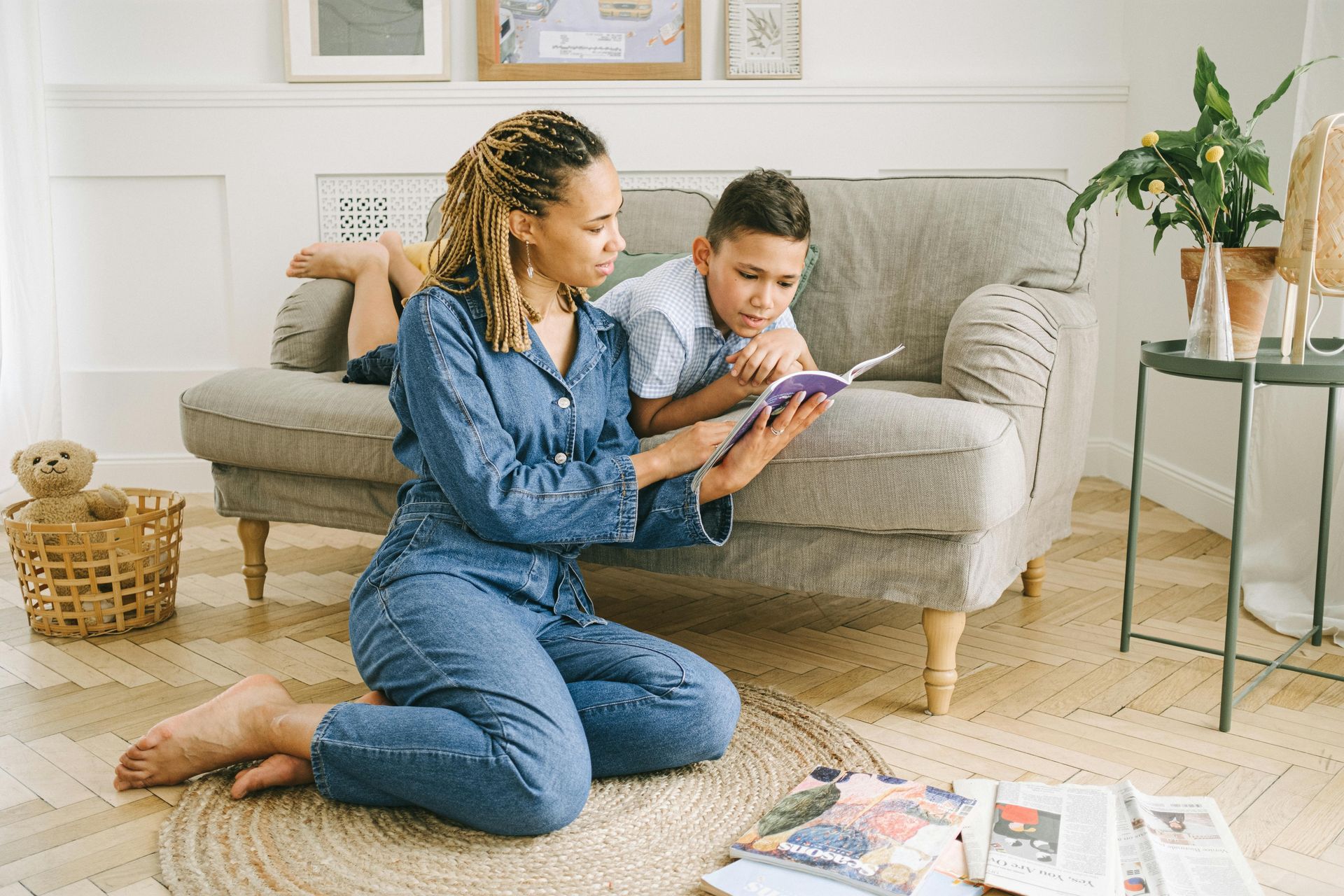Blog
One Minute Reader Is Making a Difference in Kenya
Hundreds of One Minute Reader books recently made their way across the world to Kenya, Africa, where kids are using them to learn to read in English. When the team at Read Naturally (the parent company of One Minute Reader) learned about the work of Joanne Friday, a former teacher who now does mission work with orphans in Kenya, we offered her a large donation of One Minute Reader books (30 boxes of materials in all) to bring to the kids there. Joanne recently brought several suitcases of the books to Kenya, and kids are already hard at work and loving the stories. Joanne and her colleagues will bring the rest of the books in batches on future trips, including several more suitcases in July.
Why did we have so many One Minute Reader books to donate? Most students now get One Minute Reader content digitally, but before this popular program became an iPad app and a component of our Read Live suite, it was a series of books and CDs. These original One Minute Reader materials are still a great way to build reading fluency and comprehension, especially for kids who don't have access to technology.
We recently asked Joanne Friday some questions about her work with the kids in Kenya and the impact of the One Minute Reader books. Here's what she had to say:
OMR: Can you describe the work you do with kids in Kenya?
JF: Our organization supplies all needs for orphans in Kenya including food, shelter, clothing, education and fun. My primary responsibility is helping the teachers improve their craft and infuse best teaching practices.
OMR: How did you connect with Read Naturally to request curriculum to use there?
JF: My day job is a Director of Special Ed at a private school. We have used Read Naturally materials for years in a small group intervention as well as one-on-one. We use them to increase fluency and comprehension. In Kenya they will be used for the same purpose: to increase fluency and comprehension, as well as just put books in the children’s hands. With access to so many books with the same title, teachers can devise any lessons for children, and the children won't have to share books! Having books at different levels also allows teachers to differentiate within a classroom and make connections with all the children.
OMR: How are the teachers/students in Kenya using the One Minute Reader books?
JF: These books have been a great addition to our reading series. Our students use the books to sharpen their reading skills and improve their language. They constantly practice with the books to see their improvement in just one minute. Teachers are also using the books to guide the learners to embrace the reading culture and improve language. We also really appreciate that these books are so user-friendly.
OMR: What impact are the One Minute Reader books having?
JF: Most importantly, the books are helping to improve language amongst our students. Their love for reading will grow and this will build a formidable culture of reading amongst our students. The books have interesting stories and most of them have titles that our students have been excited to interact with. This makes reading them fun. We're sure the speed of reading that will be exhibited by our learners in the near future will be unmatched.
OMR: What are the teachers'/students' reactions to the program and the stories?
JF: The teachers and students are so excited about this program. They are all so overjoyed about these books. They tell me the stories are so interesting, easy to read, and have so many captivating titles. So far the kids are especially loving the stories in Animal Heroes, Survival Stories, and Cool Creatures.
OMR: What is the most rewarding part of your work?
JF: That is an impossible question to answer! The highlights include working with the teachers and seeing their willingness to learn more to help the children, teaching the children, teaching new games and learning their games, and ultimately, being in such a loving environment that supports children.
OMR: What are the challenges?
JF: The greatest challenge is taking materials over to help improve the education of the children. 97% of our money collected for the organization goes right to the care of the children which leaves very little for educational supplies. I pay for everything out of pocket that we take over, or I get items donated. Read Naturally's donation by far is the most generous. To avoid paying extra, we can only take over so much during one visit, which is a challenge. So far we have taken 11 large suitcases of books to start a library, 10 suitcases worth of games, and this trip we brought math manipulatives and One Minute Reader books in six suitcases. We will be taking 12 more suitcases of materials over in July!
OMR: What can others do to support your work?
JF: Any donation is a welcome donation. $25 goes a long way. For example, my friends donated $100 each and we were able to have whiteboards installed in the eight classrooms; the total cost for whiteboards and installation was only $1000. We have multiple children who attend college, and we continue to financially support them to do so. Any and all donations to these children would be amazing!
Thank you, Joanne, for the important work you're doing. We're so glad to know our One Minute Reader books are making a difference all the way around the world!
If you're interested in supporting Joanne in her work in Kenya, please email us at customerservice@readnaturally.com, and we'll put you in touch.
Highlighted Posts


Ready to see an improvement in your child's reading?
Sign up today and get seven days for FREE.
One Minute Reader is just $8 per month after your free trial.
